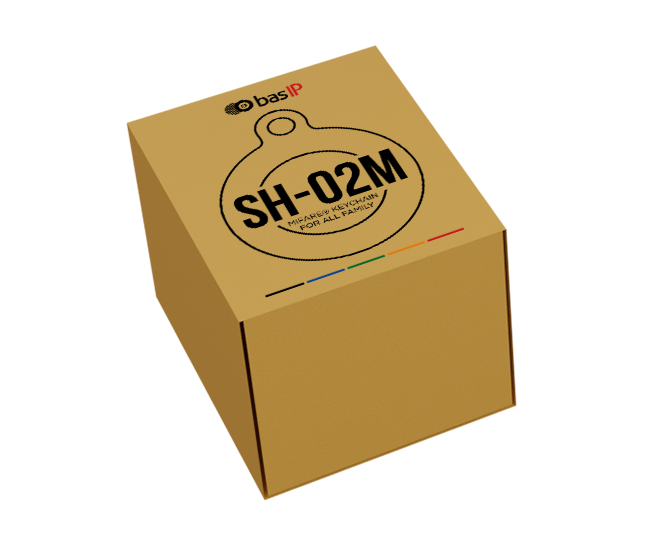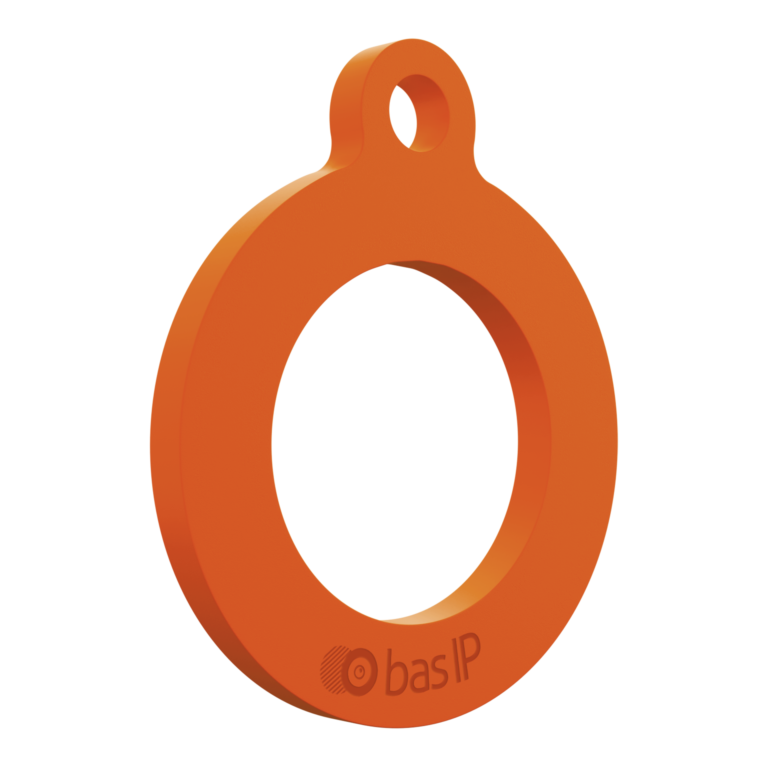Unlocking Mifare: Types, Purposes, and Use Cases
Mifare technology has been shaping the security and access control landscape since its inception in the 1990s. Today, it has become an integral part of modern intercom systems for homes, providing convenience, security, and a range of unique features. In this article, we will explore the history of Mifare, how it works, the different types of Mifare cards and key fobs, and how companies like BAS-IP are incorporating this technology into their RFID access control products for an unparalleled user experience.
The Evolution of Mifare Technology
Mifare technology was developed by NXP Semiconductors (formerly Philips Semiconductors) in the early 1990s. It is a contactless smart card technology that uses Radio Frequency Identification (RFID) to transmit data between devices. This technology is widely used for various applications, such as intercoms, access control systems, ticketing, and identification, making it a versatile and powerful solution in today’s world.
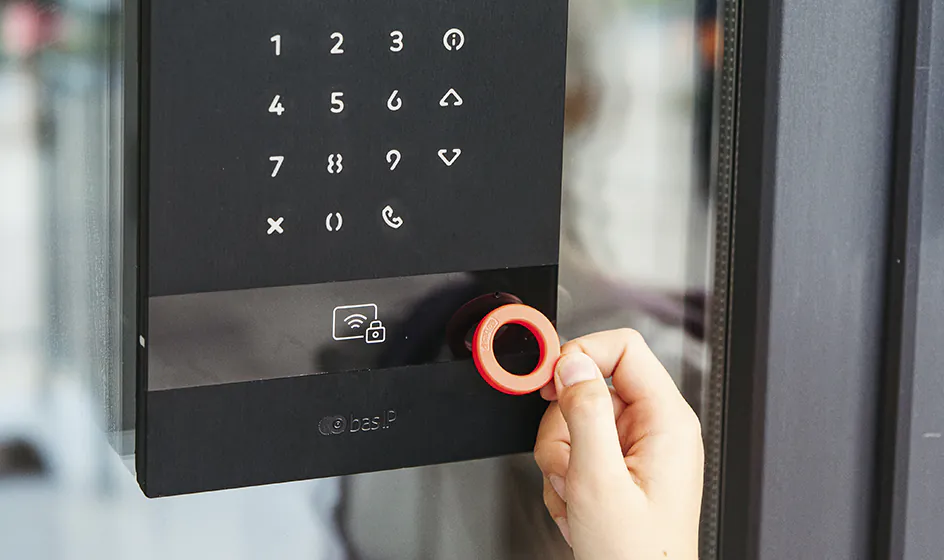
How Mifare Works
Mifare operates on a 13.56 MHz frequency and relies on the principle of near-field communication (NFC). When a Mifare card or key fob is brought close to a compatible reader, the reader sends an electromagnetic field, which powers the card’s integrated circuit (IC) and establishes a secure communication channel. Data is then exchanged wirelessly between the reader and the card or key fob, granting or denying access based on the information provided.
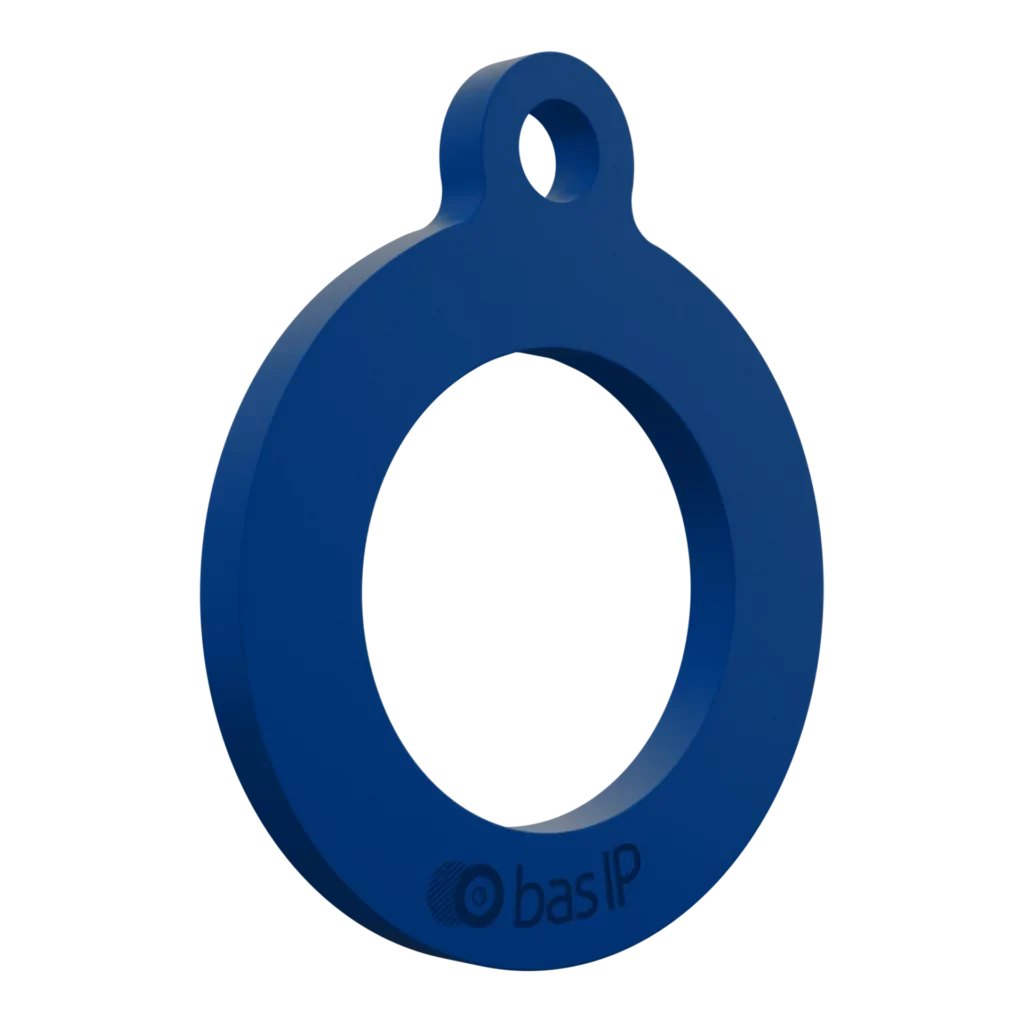
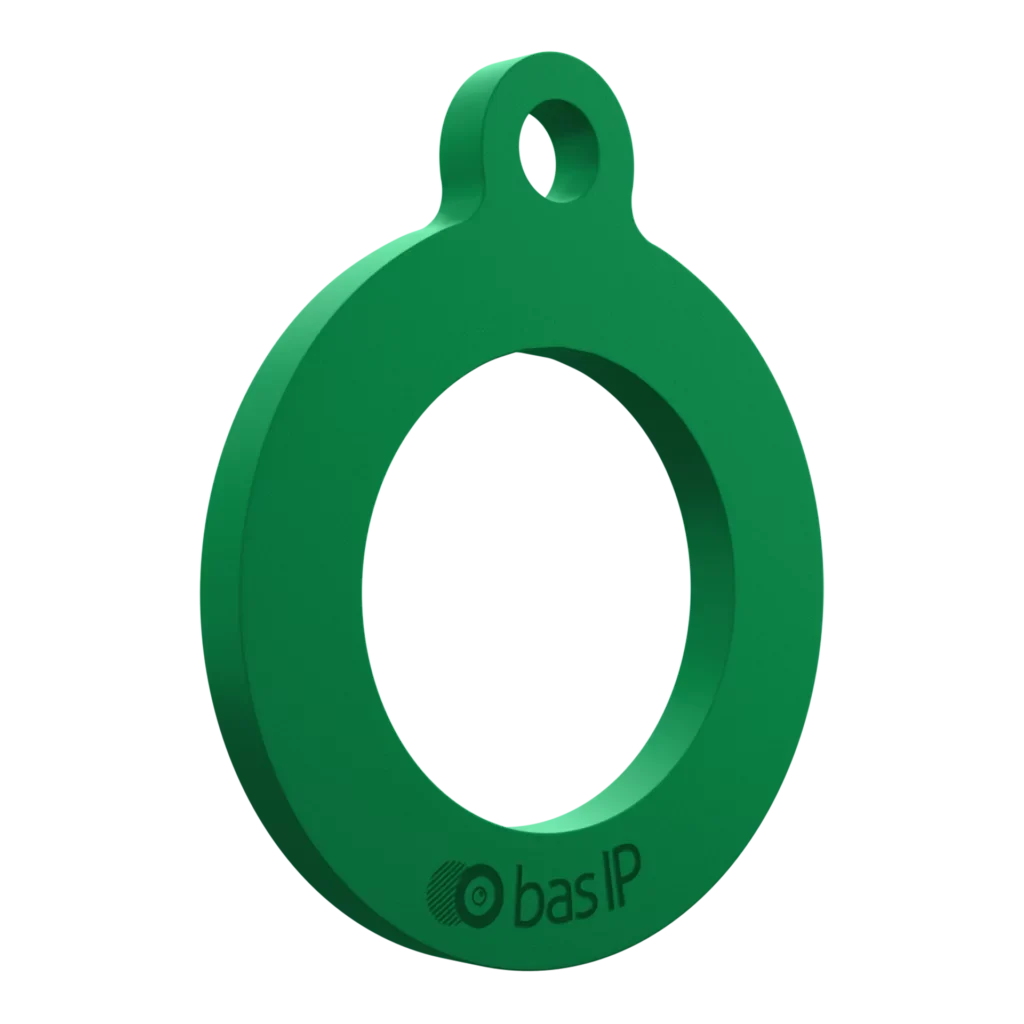
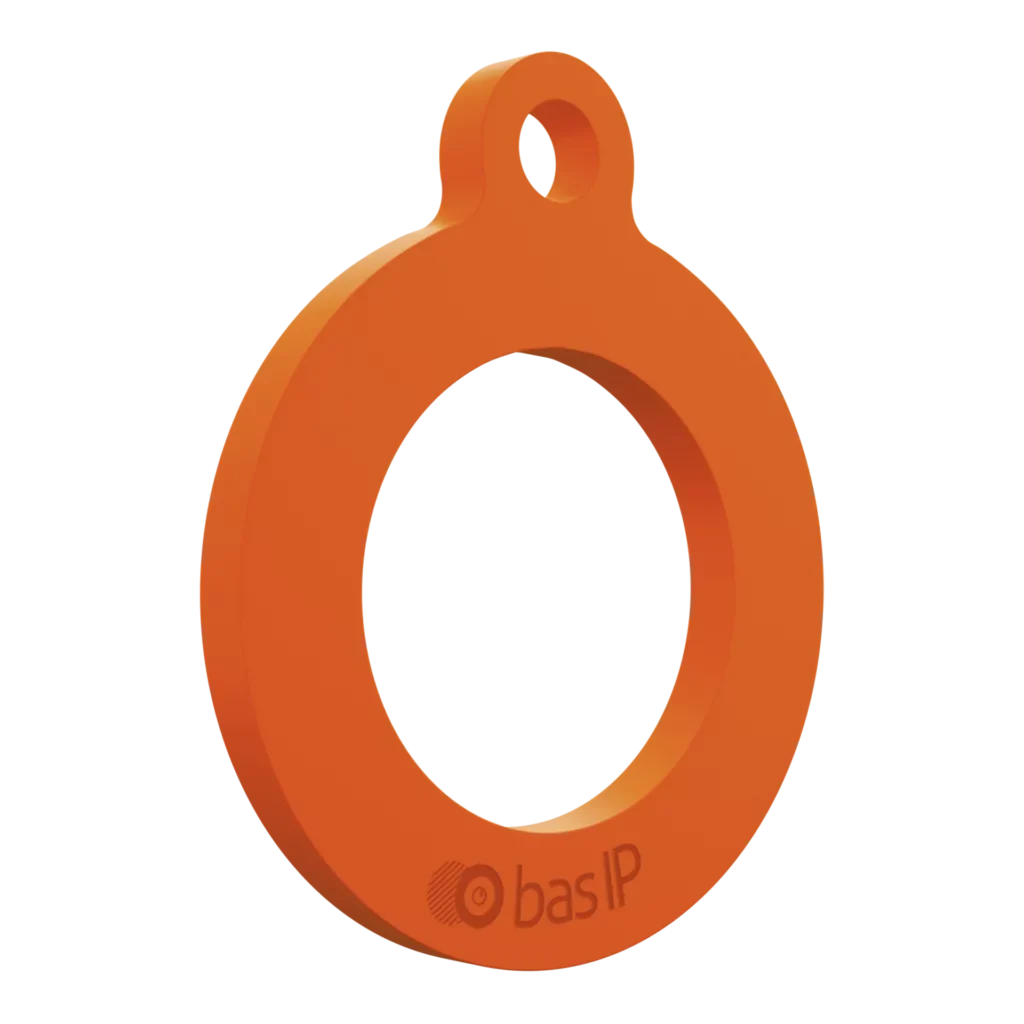
Types of Mifare Cards and Key Fobs
Mifare technology offers various types of cards and key fobs, each with its unique features and capabilities. The main types include Mifare Classic, Mifare Ultralight, Mifare DESFire, and Mifare DESFire EV2.
Mifare Classic
Mifare Classic is the original and most basic version of the Mifare technology. It is available in two memory sizes: Mifare Classic 1K and Mifare Classic 4K. These cards and key fobs use Crypto-1 encryption and are designed for simple access control systems.
Mifare Ultralight
Mifare Ultralight is a cost-effective and lightweight solution for applications that require minimal data storage. These cards and key fobs are ideal for single-use or disposable purposes, such as event ticketing or limited-time access.
Mifare DESFire
Mifare DESFire offers enhanced security features and data storage capabilities. It uses Advanced Encryption Standard (AES) and Triple Data Encryption Standard (3DES) encryption algorithms for secure data communication. This type of card and key fob is suitable for more complex access control systems and applications.
Mifare DESFire EV2
Mifare DESFire EV2 is the latest and most advanced version of the Mifare DESFire series. It offers even greater security, faster communication speeds, and additional features such as proximity checks and multiple application support.
Mifare Plus and Plus X
Mifare Plus X is a more advanced version of the Mifare Plus series, designed to provide an additional layer of security and flexibility compared to the standard Mifare Plus cards.
The primary goal of Mifare Plus and Plus X is to facilitate a smooth migration from Mifare Classic to a more secure and feature-rich card, while retaining compatibility with existing infrastructure. This means that organizations can upgrade their security systems without needing to replace all their hardware.
Key features of MIFARE Plus X include:
- Enhanced Security: Mifare Plus X employs the AES-128 encryption algorithm, which is a significant improvement over the Crypto-1 algorithm used in Mifare Classic. This advanced encryption ensures more robust data protection and secure communication between the card and the reader.
- Proximity Check: The Mifare Plus X cards come with a proximity check feature that allows the card reader to verify the physical presence of the card. This additional security measure helps prevent relay attacks, where an attacker attempts to gain access by remotely intercepting and forwarding the communication between the card and the reader.
- Flexible Configuration: Mifare Plus X cards offer various configuration options, including multiple security levels and the ability to allocate memory for specific applications. This flexibility allows organizations to customize the cards according to their unique requirements.
- Backward Compatibility: Mifare Plus X cards are designed to be backward compatible with Mifare Classic, which means that they can be used with existing Mifare Classic infrastructure. This compatibility simplifies the migration process for organizations looking to upgrade their access control systems.
In summary, Mifare Plus and Plux X are a versatile and secure solutions for organizations seeking to improve their access control systems. Its enhanced security features, flexible configuration options, and compatibility with existing Mifare Classic infrastructure make it a popular choice for those aiming to upgrade their security without a complete overhaul of their hardware.
Mifare in Modern Home Intercom Systems
Mifare technology has become a crucial component of modern intercom systems for homes. Companies like BAS-IP, a leading intercom supplier, utilize Mifare in most of their door entry panels. These panels are designed to work seamlessly with Mifare cards and key fobs, offering a secure and convenient access solution.
BAS-IP Mifare Key Fobs
BAS-IP produces unique Mifare key fobs that use Mifare Plus X and support Crypto-1 and AES-128 encryption algorithms, ensuring top-notch security against unauthorized copying or cloning. These key fobs are designed for ease of use and compatibility with a wide range of intercom systems, making them an excellent choice for homeowners seeking a convenient and secure access solution.
Frequently Asked Questions (FAQs)
Mifare technology has revolutionized the world of access control and security, bringing unparalleled convenience and versatility to modern home intercom systems. With its wide range of card and key fob types, advanced encryption algorithms, and compatibility with companies like BAS-IP, Mifare technology continues to be an essential component of secure and convenient access solutions for homes and businesses alike. By understanding the different types of Mifare and their applications, homeowners can make informed decisions about the best access control solutions for their unique needs.
